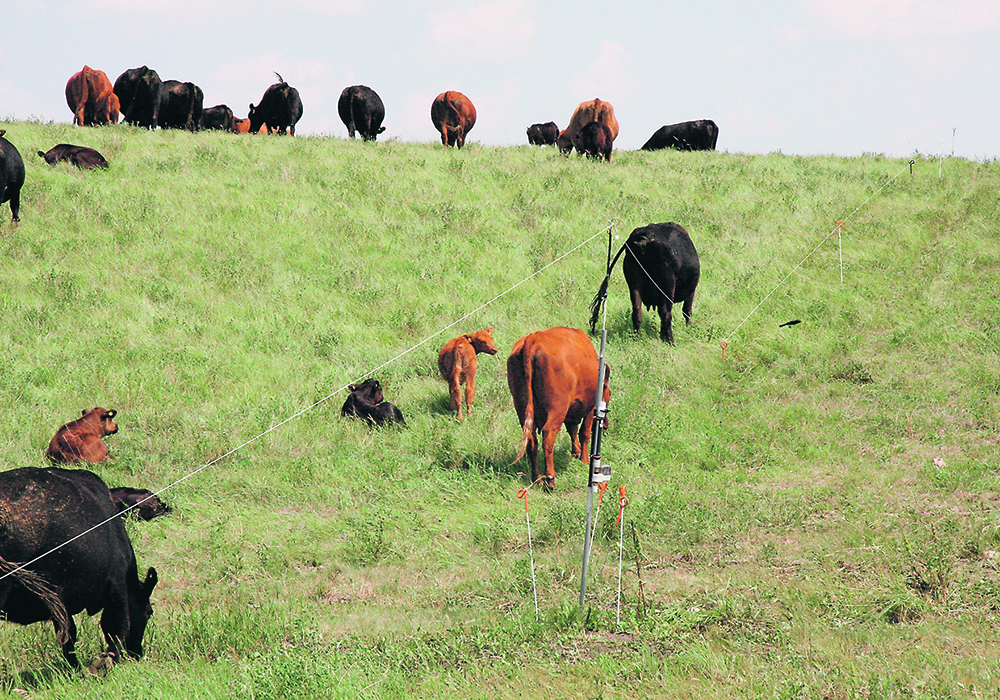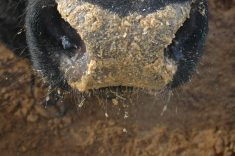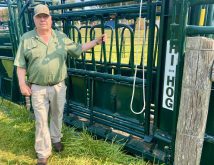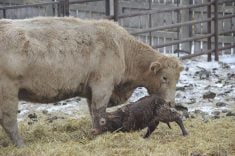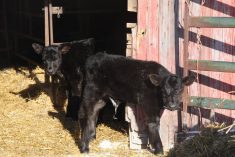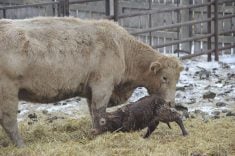Tapping into the power of small groups is one of the extension projects funded by the Beef Cattle Research Council
There are many ways to deliver the latest and most useful information to producers.
Webinars, YouTube videos, TikTok, fact sheets, podcasts, in-person conferences and of course print media are among the options for agricultural extension in Canada.
This year, Kathy Larson is trying another tactic to communicate with Canadian farmers — a peer group.
“It is new to me,” said Larson, an extension economist at the University of Saskatchewan who specializes in cattle production.
Larson and Natasha Wilkie, a livestock specialist with the Saskatchewan Ministry of Agriculture, are leading two peer groups of cow-calf producers from across the province. Wilkie came up with the idea as another way to connect with farmers and share best practices.
Read Also

Trump’s tariffs take their toll on U.S. producers
U.S. farmers say Trump’s tariffs have been devastating for growers in that country.
“With those (agriculture department) specialists, they do lots of extension,” Larson said. “They’re always looking for new ways to reach producers.”
Using peer groups for extension is not completely new but it’s more common in Canada’s grain industry. One example is Backswath Management, a consulting group in Winnipeg that organizes peer groups for farm managers and agri-business professionals.
“Farm Credit (Canada) has done some trials of peer groups,” Larson said.
Wilkie and Larson wanted to try something similar in the beef industry, so they applied to the Beef Cattle Research Council for funding. It approved the project as part of its Knowledge Technology Transfer program.
The BCRC is supporting 13 extension programs that experiment with new ways to engage with farmers. Activities funded through the pilot project began last fall and will conclude this summer.
“Research matters, but it means nothing unless it reaches the people who can actually use it,” says Ron Stevenson, BCRC vice-chair and Ontario cow-calf producer, in a release. “It’s an important initiative to get science off the shelf and into the hands of Canadian producers.”
So far, Larson has hosted two peer groups with cow-calf producers over Zoom. Each session lasts about 90 minutes and the online meetings happen every two months.
For now, they’re focusing on the cost of production for cow-calf operations, but topics for discussion are not set in stone. There are about eight producers in each peer group, and they collectively decide what will happen during the Zoom meetings.
“I try not to overtake the conversation.… It’s really up to the members of the peer group … to submit topics that interest them,” Larson said.
“What are your selection criteria for bulls? That was one of the recent topics. They all took turns saying this is what I look for, this is what I feel comfortable paying and stuff like that.”
In the next meeting, producers in the group will discuss the business structure of the farm.
A peer group allows producers to speak to farmers outside their region. That may provide a new idea or approach that isn’t common in their part of the province.
It also provides some privacy. It’s likely easier to talk financials and share details of your operation with someone who lives 500 kilometres away from your farm.
The online peer group is also a learning opportunity for Larson. She may be an expert in the economics of cattle production, but she’s not an expert in everything.
“We learn together.… I don’t have all the answers,” she said. “Even though I grew up on a mixed farming operation, I live in a city. So, I feel like I lack street (farmyard) credibility.”
For a full list of tech transfer activities, visit: https://www.beefresearch.ca/blog/2023-proof-of-concept-and-technology-transfer-projects/


